Home>diy>Planning & Engineering>How To Create A Front Porch With Realtime Landscape Architect
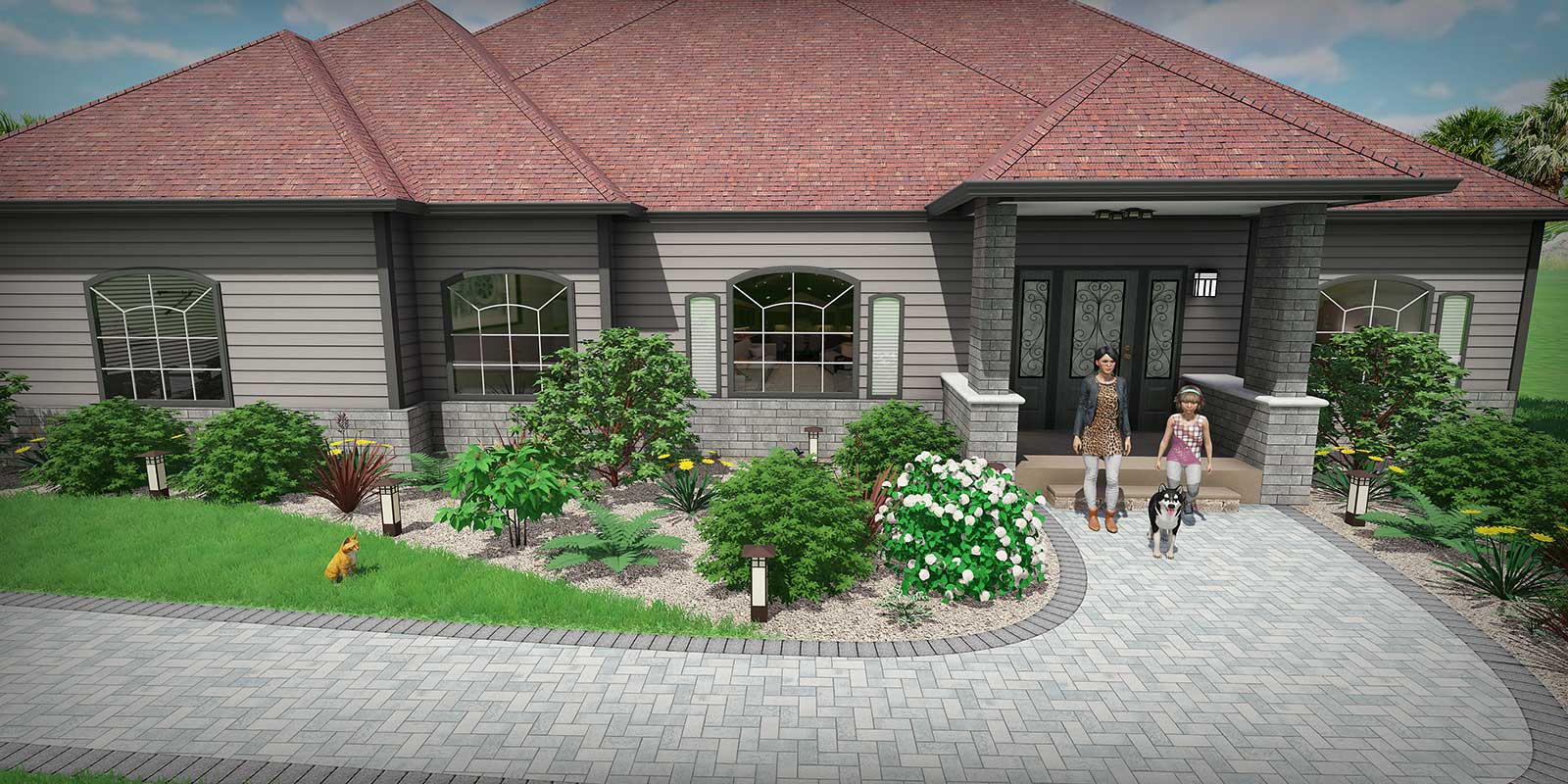

Planning & Engineering
How To Create A Front Porch With Realtime Landscape Architect
Modified: December 7, 2023
Learn how to create a beautiful and functional front porch with Realtime Landscape Architect. Get expert tips on planning and engineering for the perfect outdoor space.
(Many of the links in this article redirect to a specific reviewed product. Your purchase of these products through affiliate links helps to generate commission for Storables.com, at no extra cost. Learn more)
Introduction
Creating a front porch is a wonderful way to add charm and functionality to your home. A well-designed front porch not only enhances curb appeal, but it also provides a welcoming space for you and your guests to relax and enjoy the outdoors. With the help of Realtime Landscape Architect, a powerful planning and engineering software, you can bring your front porch vision to life with ease.
In this article, we will guide you through the process of creating a front porch using Realtime Landscape Architect. Whether you’re starting from scratch or looking to revamp your existing porch, this step-by-step guide will help you navigate through the various stages of planning, designing, and building.
Before we delve into the details, it’s important to note that Realtime Landscape Architect is a user-friendly software that offers a wide range of features. It allows you to visualize and experiment with different porch designs, materials, and landscaping options. You can also simulate how your porch will look in different lighting conditions and seasons, ensuring that every aspect of your design is well thought out.
Now, let’s begin our journey towards creating a beautiful and functional front porch. From assessing your space to adding the finishing touches, we will cover each step in detail, providing expert tips and advice along the way. By the end of this article, you’ll be equipped with all the knowledge you need to create a stunning front porch that perfectly complements your home’s architecture and your personal style.
So, grab a cup of coffee, sit back, and let’s get started on transforming your front porch into a haven of relaxation and enjoyment.
Key Takeaways:
- Transform your outdoor space into a stunning front porch with Realtime Landscape Architect. Follow the step-by-step guide to design, build, and personalize a welcoming oasis that complements your home.
- Balance aesthetics and functionality by incorporating lighting, plants, and finishing touches. Create a space for relaxation, entertainment, and connection with nature, adding value to your lifestyle.
Step 1: Assessing Your Space
Before diving into the design and planning process, it’s important to assess your space to get a clear understanding of the available area and any potential limitations. This step will help you make informed decisions about the size, layout, and functionality of your front porch.
Start by measuring the dimensions of your existing porch if you have one. If you’re starting from scratch, measure the area where you plan to build your porch. Take note of any obstacles such as trees, utility boxes, or uneven terrain that might affect the overall layout.
Next, consider the orientation of your home and how the front porch will fit in with the overall architecture. Think about the purpose of your porch – do you want it to be a place for socializing, a quiet retreat, or a combination of both? This will help you determine the size and layout that best suits your needs.
Take into account factors such as privacy, sunlight exposure, and landscaping. Consider how the porch will blend in with the surrounding area and what type of view it will offer. If privacy is a concern, you might want to incorporate screens or plantings to create a more secluded space.
Additionally, think about the practical aspects of your porch. Will you need space for seating, dining, or entertaining? Will you need storage for gardening tools or outdoor furniture? Make a list of the features and functions you envision for your front porch to guide you in the design process.
Once you have a clear understanding of your space and goals, it’s time to move on to the next step: choosing the right design for your front porch.
Step 2: Choosing the Right Design
The design of your front porch plays a crucial role in creating the desired atmosphere and aesthetic appeal. When choosing a design, you’ll want to consider various factors such as the architectural style of your home, your personal preferences, and the functionality you envision for your porch.
Start by researching different porch styles that align with the architecture of your home. A Victorian-style home might call for a more ornate and detailed porch design, while a modern or minimalist home might benefit from a sleek and streamlined design. Look for inspiration in magazines, websites, or even in your own neighborhood to gather ideas.
Consider the size and layout of your porch in relation to your home’s facade. You’ll want to choose a design that complements the existing structure and doesn’t overpower it. Pay attention to elements such as columns, railings, roofing, and flooring materials. These details can greatly enhance the overall aesthetics and functionality of your front porch.
Think about the functionality you envision for your porch. Do you want a porch that serves as an extension of your indoor living space, with comfortable seating and dining areas? Or do you prefer a more open space with minimal furnishings, allowing for flexibility and versatility? Think about how you plan to use your porch and choose a design that best suits your needs.
Realtime Landscape Architect comes with a range of pre-designed porch templates that you can customize to fit your space and style. Explore these templates and experiment with different combinations of elements to find the design that resonates with you the most.
In addition to the overall design, consider the materials you want to use for your porch. Wood, stone, composite materials, and concrete are popular choices for porch flooring and other structural elements. Take into account factors such as durability, maintenance requirements, and how well the materials blend in with your home’s exterior.
Remember, the design of your porch should not only be aesthetically pleasing but also functional and practical. Take your time to explore different design options, visualize them using Realtime Landscape Architect, and choose a design that will bring your front porch vision to life.
Step 3: Gathering Materials and Tools
Once you have finalized the design of your front porch, it’s time to gather the necessary materials and tools to bring your vision to reality. Having the right materials and tools at hand will make the construction process smoother and more efficient.
Start by creating a list of the materials you will need based on your chosen design. This may include items such as lumber, decking material, roofing material, nails, screws, and paint. Consider the quality of the materials and their suitability for your local climate and weather conditions.
Research local suppliers or home improvement stores to find the best prices and availability for the materials on your list. Consider factors such as cost, quality, and delivery options. It’s a good idea to purchase slightly more materials than you estimate to account for any cuts or miscalculations during the construction process.
Along with materials, it’s essential to gather the necessary tools for the construction of your front porch. Some common tools you may need include a measuring tape, level, circular saw, drill, hammer, screwdriver, and safety equipment such as gloves and goggles.
Take stock of the tools you already have and ensure they are in good working condition. If any tools are missing or need to be replaced, consider borrowing or renting them to save on costs. It’s important to have the right tools to ensure accurate and safe construction.
As you gather your materials and tools, it’s also a good idea to create a workspace where you can store and organize everything. This will make it easier for you to access items as needed during the construction process.
Lastly, ensure that you have any necessary permits and adhere to any local building codes or regulations. Check with your local municipality to determine if any permits are required for building a front porch and if there are any specific guidelines you need to follow. This will ensure that your construction is in compliance with local regulations and avoid any potential legal issues down the line.
By taking the time to gather the necessary materials and tools, you’ll be well-prepared to start the construction process and bring your front porch design to life.
Step 4: Preparing the Ground
Before you can begin building your front porch, it’s important to properly prepare the ground to ensure a stable and long-lasting structure. The preparation process will involve clearing the area, leveling the ground, and assessing the soil conditions.
Start by clearing the area where your porch will be built. Remove any plants, shrubs, or debris that may be in the way. You may need to use a shovel or a sod cutter to remove any existing grass or vegetation. Take care to also remove any rocks or stones that may hinder the construction process.
Next, undertake the task of leveling the ground. A level surface is essential for the stability and longevity of your porch. Use a long leveling bar or a string level to determine any high or low spots. If necessary, use a shovel to remove soil from high spots and distribute it to low spots. Repeat this process until the ground is level and free from any significant slopes or irregularities.
Once the ground is level, assess the soil conditions. If you have loose or sandy soil, you may need to compact it to create a solid foundation for your porch. Use a plate compactor or a hand tamper to firmly pack the soil. This will help prevent any future settling or shifting of your porch structure.
If you have clay or poorly draining soil, you may need to improve the drainage before proceeding with the construction. This could involve excavating the area, adding a layer of gravel, or installing drainage pipes to redirect water away from the porch.
Lastly, consider installing a weed barrier or landscape fabric to prevent any unwanted vegetation from growing through your porch. This will help maintain a clean and well-groomed appearance.
By taking the time to properly prepare the ground, you’ll be setting the foundation for a sturdy and durable front porch. This step is crucial in ensuring the long-term stability and functionality of your porch structure.
When creating a front porch with Realtime Landscape Architect, start by selecting the “Decks and Patios” category and then choose a porch style that complements your home’s architecture. Use the software’s tools to customize the size, shape, and materials to bring your vision to life.
Step 5: Building the Structure
With the ground properly prepared, it’s time to move on to the exciting part of building the structure of your front porch. This step involves constructing the foundation, framing the porch, and adding any additional structural elements.
Start by determining the type of foundation that is suitable for your porch. The foundation can vary depending on factors such as local building codes, the size and weight of your porch, and the soil conditions. Common types of porch foundations include concrete footings, concrete piers, or a continuous concrete slab.
If you’re not confident in your ability to pour concrete or handle foundation work, it’s advisable to consult with a professional or hire a contractor for this part of the construction process. A stable and correctly engineered foundation is essential for the overall integrity of your porch.
Once the foundation is in place, you can move on to framing the porch structure. This involves constructing the posts, beams, and joists that will support the flooring and roof. Use pressure-treated lumber or other suitable materials for added durability and resistance to moisture and pests.
Ensure that all framing elements are level, plumb, and securely fastened using appropriate hardware such as galvanized nails or screws. Take care to follow the design plan and spacing requirements for your specific porch design to ensure structural integrity.
As you build the structure, it may be necessary to make adjustments or modifications based on the specific conditions of your space. For example, you may need to cut notches in the beams to accommodate existing trees or utilities, or add additional supports for added stability.
Remember to regularly consult the design plan and refer to the measurements to ensure accuracy. Double-check all connections and make any necessary adjustments before proceeding to the next step of the construction process.
Finally, consider any additional structural elements you may want to incorporate. This could include railings, stairs, or roof extensions. These elements not only add aesthetic appeal but also safety and functionality to your porch.
By carefully constructing the structure of your front porch, you’ll be well on your way to creating a sturdy and well-built outdoor space. Take your time, follow the design plan, and don’t hesitate to seek professional guidance if needed.
Step 6: Adding Lighting Fixtures
Adding lighting fixtures to your front porch is an essential step that enhances both the safety and ambiance of the space. Well-placed and thoughtfully chosen lighting fixtures can transform your porch into a cozy and inviting area, extending its functionality into the evening hours.
Start by considering the different lighting options available for your porch. There are various types of lighting fixtures to choose from, including overhead lights, wall sconces, post lights, and pathway lights. Each type serves different purposes and can be used in combination to create a layered and visually appealing lighting scheme.
Consider the style and design of your porch when selecting lighting fixtures. Choose fixtures that complement the overall aesthetic and architecture of your home. For example, if you have a traditional porch design, you may opt for lantern-style wall sconces or vintage-inspired post lights. For a modern porch, sleek and minimalist fixtures may be more appropriate.
Ensure that the lighting fixtures you choose are suitable for outdoor use and have the appropriate weatherproof rating. Outdoor lighting fixtures need to be able to withstand exposure to moisture, temperature fluctuations, and other environmental elements.
When it comes to placement, think about the areas you want to illuminate and the desired effect. Consider installing overhead lights near the entrance for general illumination. Wall sconces can be placed on the sides of doors or under the porch roof to provide accent lighting and enhance the architectural features. Post lights and pathway lights can be strategically placed along walkways and stairs to ensure safe navigation.
Take into account the desired level of brightness and control options for your porch lighting. You may want to install dimmable lights or incorporate different lighting zones to create ambiance and versatility. Timer or sensor-controlled lighting can provide convenience and security.
Before installing the lighting fixtures, carefully plan your electrical connections and consult with a licensed electrician if needed to ensure safe and code-compliant installation. Consider factors such as the location of electrical outlets and switches, as well as the wiring requirements for each lighting fixture.
Finally, take the time to test and adjust the lighting fixtures after installation. Make any necessary adjustments to the positioning or brightness to achieve the desired effect. Remember that lighting can greatly influence the mood and functionality of your porch, so it’s worth investing time and effort in getting it just right.
By adding well-placed and suitable lighting fixtures to your front porch, you’ll create a welcoming and inviting space that can be enjoyed day and night, enhancing both the safety and beauty of your outdoor area.
Step 7: Incorporating Plants and Greenery
One of the key elements in creating a beautiful and inviting front porch is incorporating plants and greenery. Adding plants not only enhances the aesthetic appeal of the space but also brings life and vibrancy to your porch. Whether you have limited space or a sprawling porch, there are numerous options for introducing plant life into your design.
Start by assessing the available space and the specific conditions of your porch. Consider factors such as sunlight exposure, wind exposure, and temperature fluctuations. This will help you choose plants that are well-suited to your specific environment.
If your porch receives ample sunlight, opt for sun-loving plants such as flowers, succulents, or herbs. Hanging baskets or window boxes can be used to add vertical greenery and create a cascading effect. If your porch is shaded, choose shade-loving plants like ferns, caladiums, or hostas.
Select a mix of plants with varying heights, textures, and colors to create visual interest and depth. Mix flowering plants with foliage plants to create a dynamic and ever-changing display throughout the seasons. Consider the overall color scheme of your porch and choose plants that will complement or contrast with the existing elements.
When selecting containers for your plants, consider the style and materials that will match your porch design. Terracotta or ceramic pots can add a traditional touch, while modern porch designs may benefit from sleek and minimalist containers. Make sure that the containers have proper drainage holes to prevent waterlogged soil, which can lead to root rot.
Pay attention to the maintenance requirements of the plants you choose. If you have a busy lifestyle or limited time for gardening, opt for low-maintenance plants that require minimal care. On the other hand, if you enjoy tending to plants, you can choose more demanding species that offer a higher level of involvement.
Remember to water and fertilize your plants regularly to ensure their health and vitality. Consider using a drip irrigation system or self-watering containers to simplify the watering process and maintain consistent moisture levels.
In addition to potted plants, consider incorporating other green elements such as vertical gardens, trellises, or hanging planters. These can add height and dimension to your porch, creating a lush and inviting atmosphere.
Lastly, think about how the plants will interact with the other elements of your porch design. Consider their placement in relation to seating areas or walkways to ensure they do not obstruct movement or cause any inconvenience.
By incorporating plants and greenery into your front porch design, you’ll create a tranquil and inviting space that connects with the natural world. The addition of plants will not only enhance the beauty of your porch but also contribute to a positive and refreshing atmosphere.
Step 8: Finishing Touches and Decorations
As you near the completion of your front porch project, it’s time to focus on the finishing touches and decorations that will add personality and charm to your outdoor space. These final details will tie together the overall design and create a welcoming atmosphere for you, your family, and your guests to enjoy.
Start by considering the seating options for your porch. Depending on the size and layout, you may choose to have a cozy outdoor sofa, a couple of comfortable lounge chairs, or a bistro set for dining. Select cushions and pillows that coordinate with your porch design and provide comfort for relaxation.
Next, consider adding decorative elements such as outdoor rugs, throw blankets, and curtains. These accessories not only add visual interest but also provide comfort and coziness. Choose fabrics that are durable and weather-resistant to withstand the outdoor conditions.
Pay attention to the details of your porch, such as the flooring, walls, and ceiling. Consider painting or staining the wood surfaces to harmonize with your overall color scheme or to create a focal point. Add architectural details such as trim, molding, or decorative brackets to enhance the visual appeal.
Incorporate decorative lighting elements, such as lanterns, string lights, or candle holders, to create ambiance in the evening. These soft and warm lights will enhance the cozy and inviting atmosphere of your porch. Consider using LED or solar-powered lights for energy efficiency.
Add personal touches to your porch by incorporating artwork, sculptures, or wall hangings that reflect your personal style and interests. Hang a mirror to create the illusion of a larger space or install a small shelf for displaying plants or decorative items.
Consider adding a water feature, such as a small fountain or a birdbath, to bring the soothing sound of water and attract birds and other wildlife. This can create a peaceful and serene environment for relaxation.
Finally, don’t forget about the power of plants and flowers as decorative elements. Add potted plants, hanging baskets, or a vertical garden to bring color and life to your porch. Consider seasonal flowers or evergreen plants that will thrive in your climate.
By attending to these finishing touches and decorations, you’ll transform your front porch into a personalized and inviting outdoor oasis. These small but significant details will enhance the overall experience of your porch and create a space that truly feels like an extension of your home.
Conclusion
Creating a front porch with Realtime Landscape Architect is a rewarding journey that allows you to transform your outdoor space into a beautiful and functional extension of your home. By following the steps outlined in this guide, you can confidently plan, design, and build a front porch that perfectly suits your style and needs.
Assessing your space, choosing the right design, gathering materials and tools, preparing the ground, building the structure, adding lighting fixtures, incorporating plants and greenery, and adding finishing touches and decorations are all integral steps in the process of creating your dream front porch.
With Realtime Landscape Architect, you have a powerful software tool that allows you to visualize your design, experiment with different materials and landscaping options, and simulate lighting conditions to ensure every aspect is well thought out. This enables you to make informed decisions and create a porch that meets your vision.
Remember to balance aesthetics with functionality, taking into account your specific needs and the architectural style of your home. Pay attention to details such as the placement of lighting fixtures, the selection of plants, and the addition of decorative elements. These finishing touches will elevate the ambiance and create a welcoming space.
Throughout the process, it’s important to exercise patience and attention to detail. Take the time to research, plan, and execute each step with precision. If you encounter challenges or feel overwhelmed, don’t hesitate to seek professional guidance or assistance.
By investing in the creation of a front porch, you are enhancing the curb appeal of your home and creating a space that adds value to your lifestyle. Your front porch will become a place to relax, entertain guests, and connect with nature.
So, grab your design ideas, fire up Realtime Landscape Architect, and embark on this exciting journey to create the front porch of your dreams. Enjoy the process and savor the satisfaction that comes with knowing you’ve crafted a space that reflects your style and brings joy to your everyday life.
Frequently Asked Questions about How To Create A Front Porch With Realtime Landscape Architect
Was this page helpful?
At Storables.com, we guarantee accurate and reliable information. Our content, validated by Expert Board Contributors, is crafted following stringent Editorial Policies. We're committed to providing you with well-researched, expert-backed insights for all your informational needs.
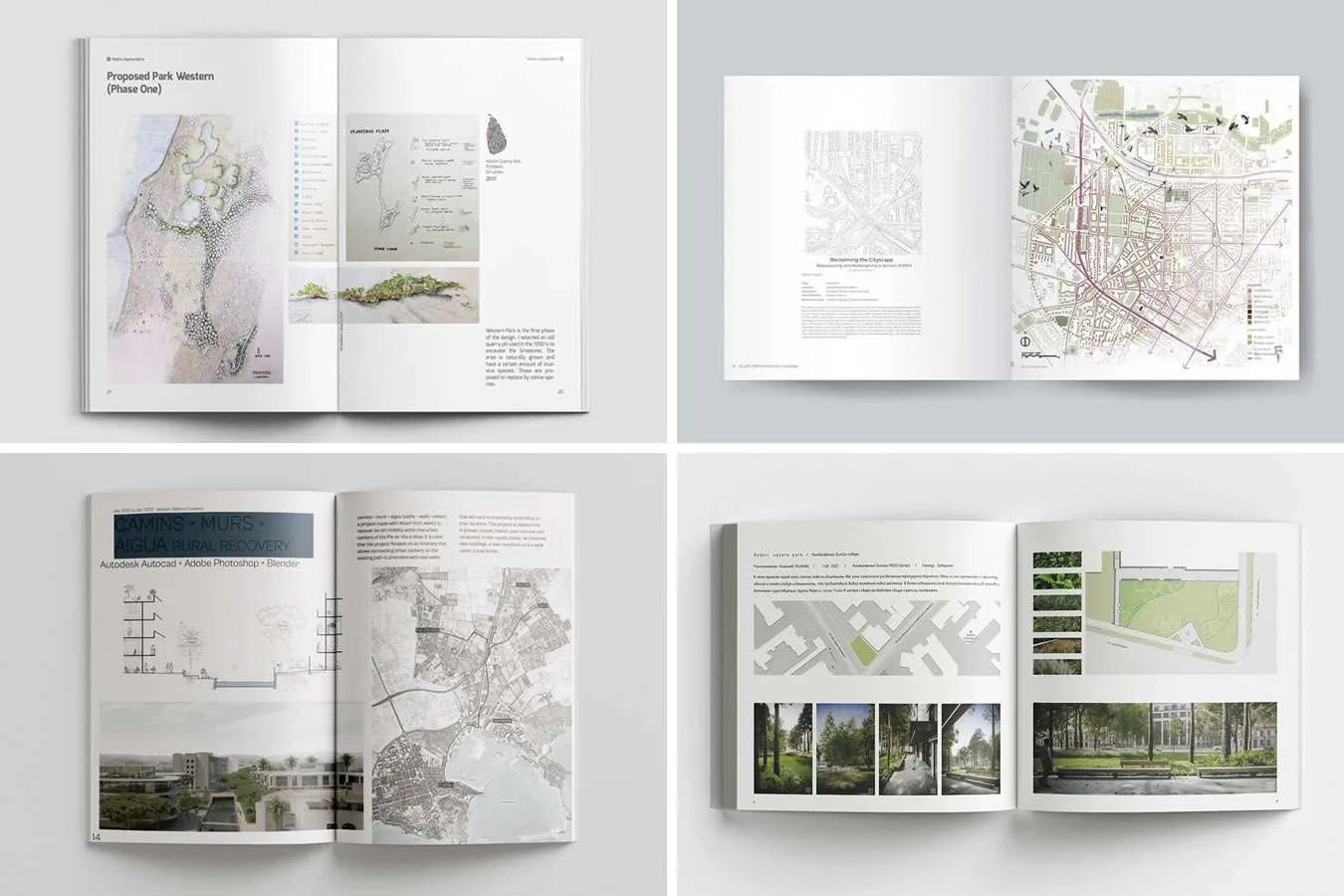
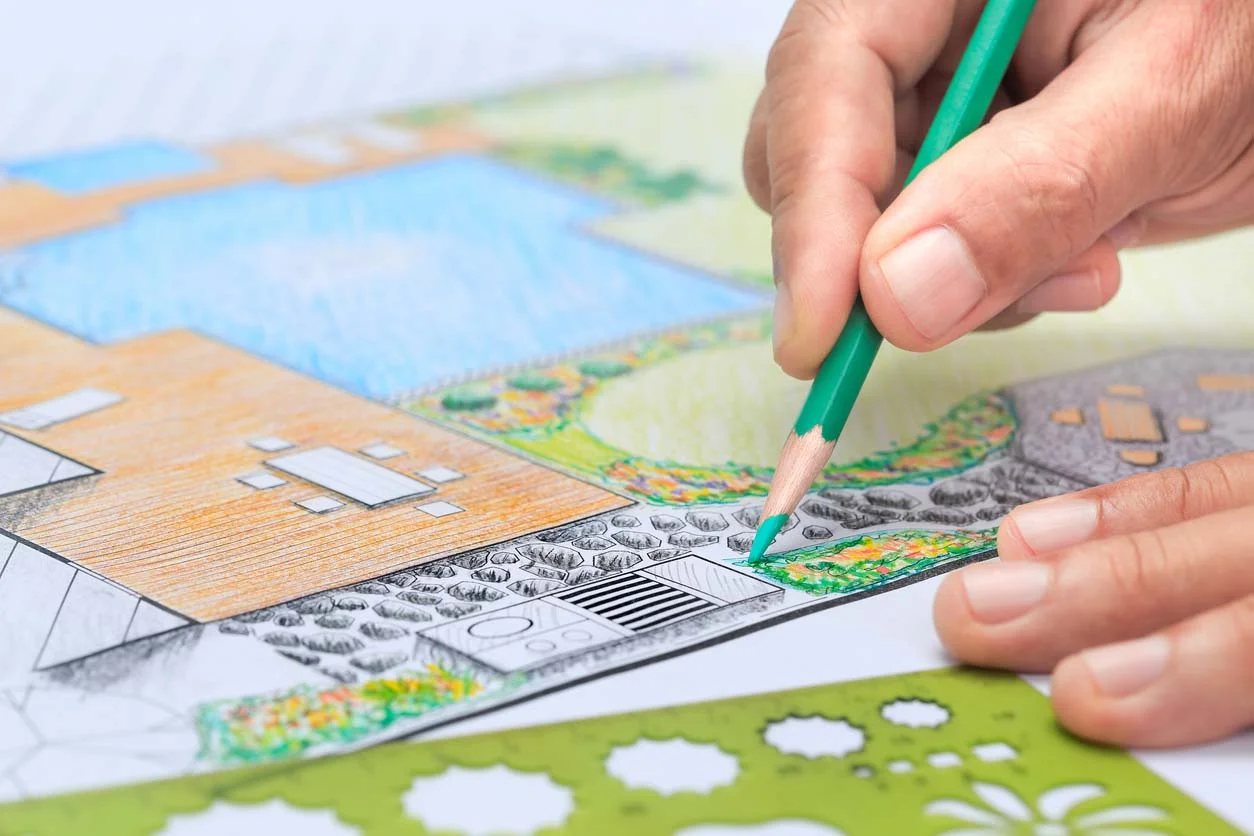

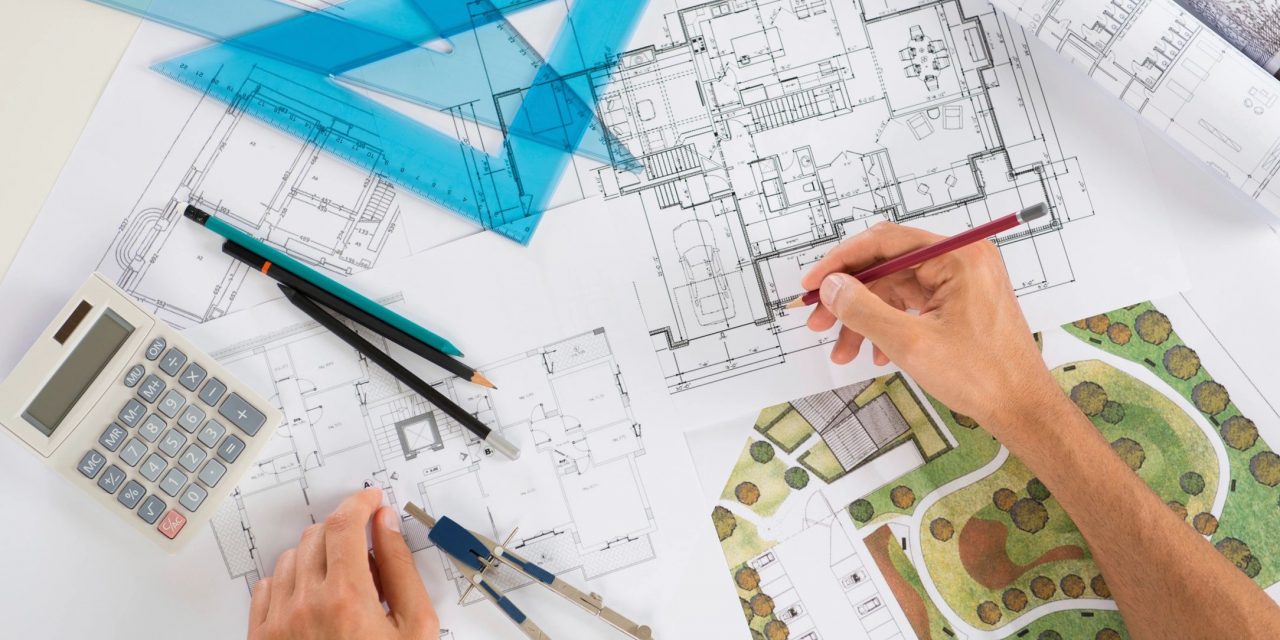
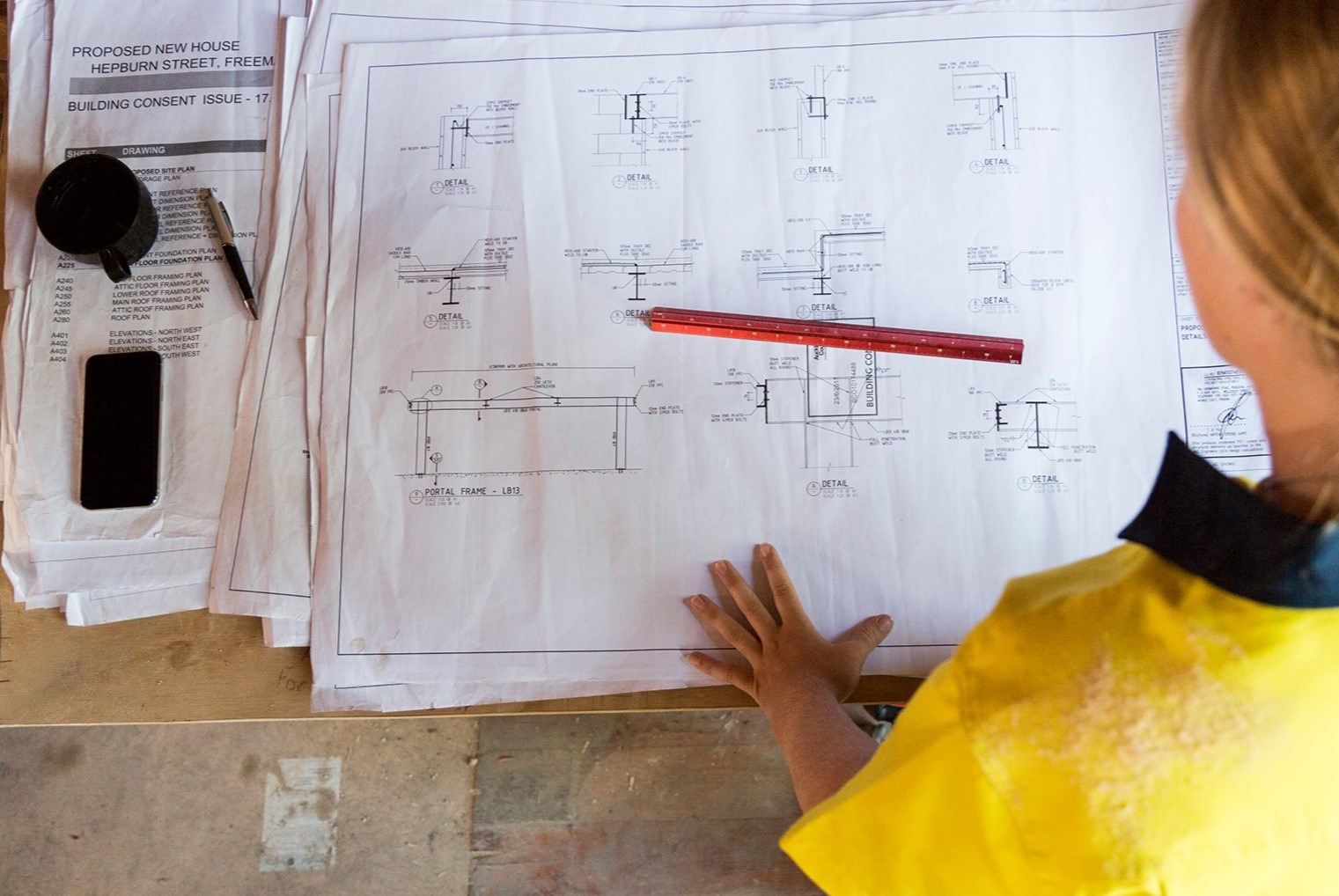
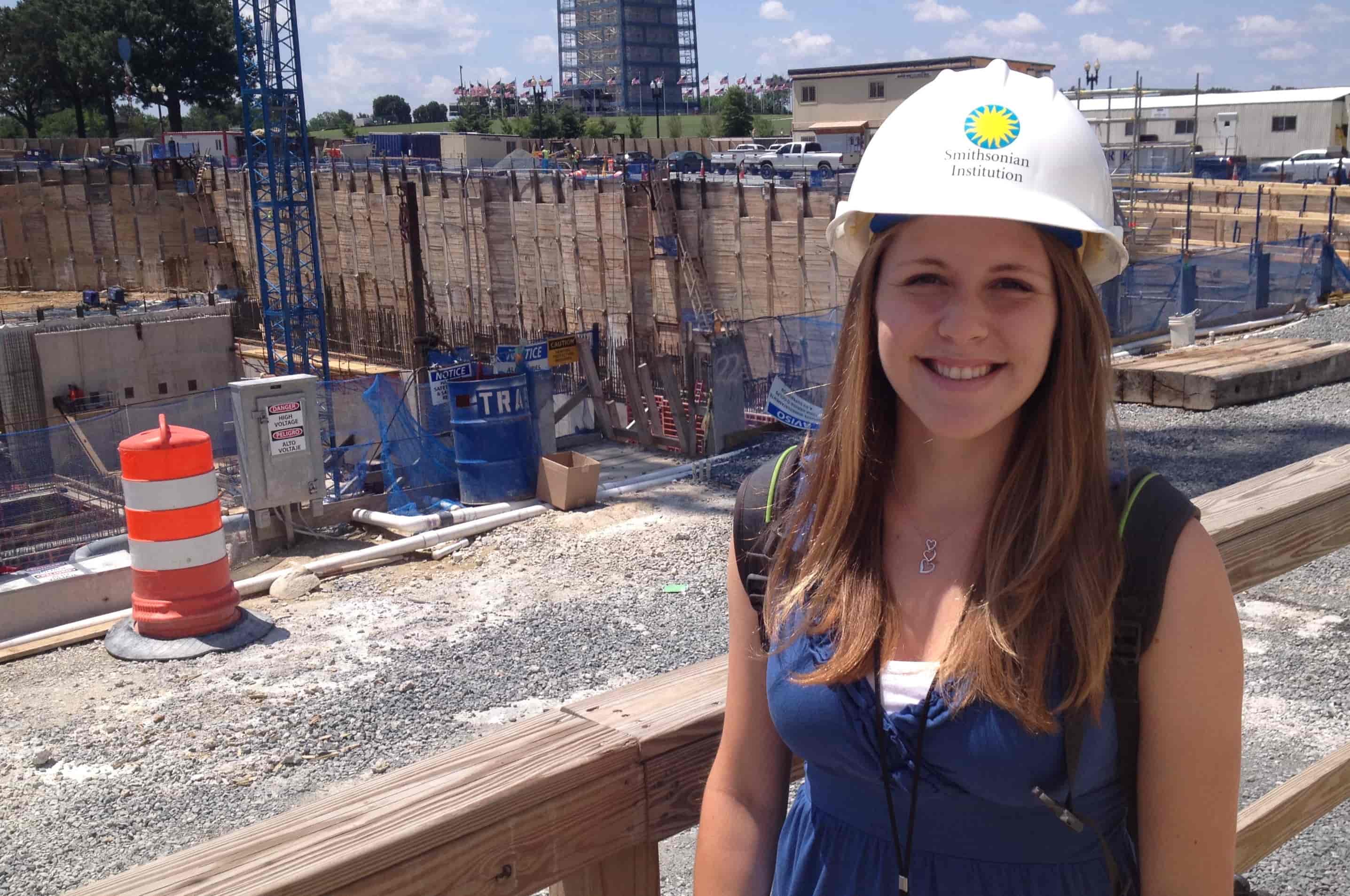
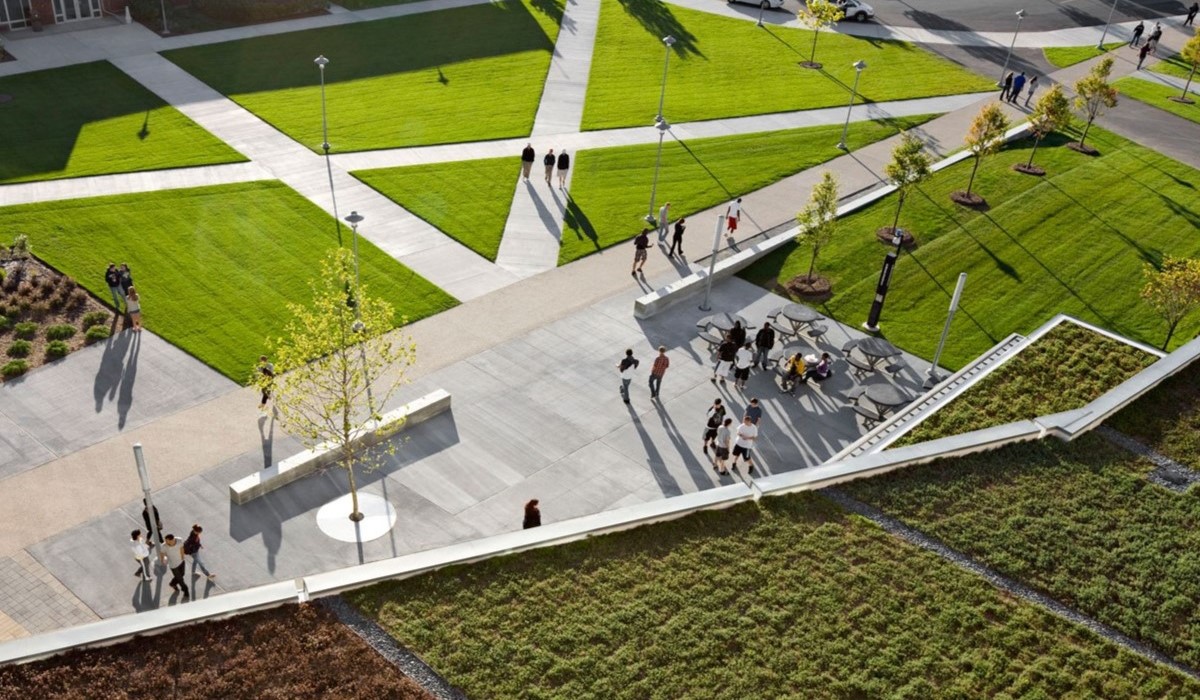


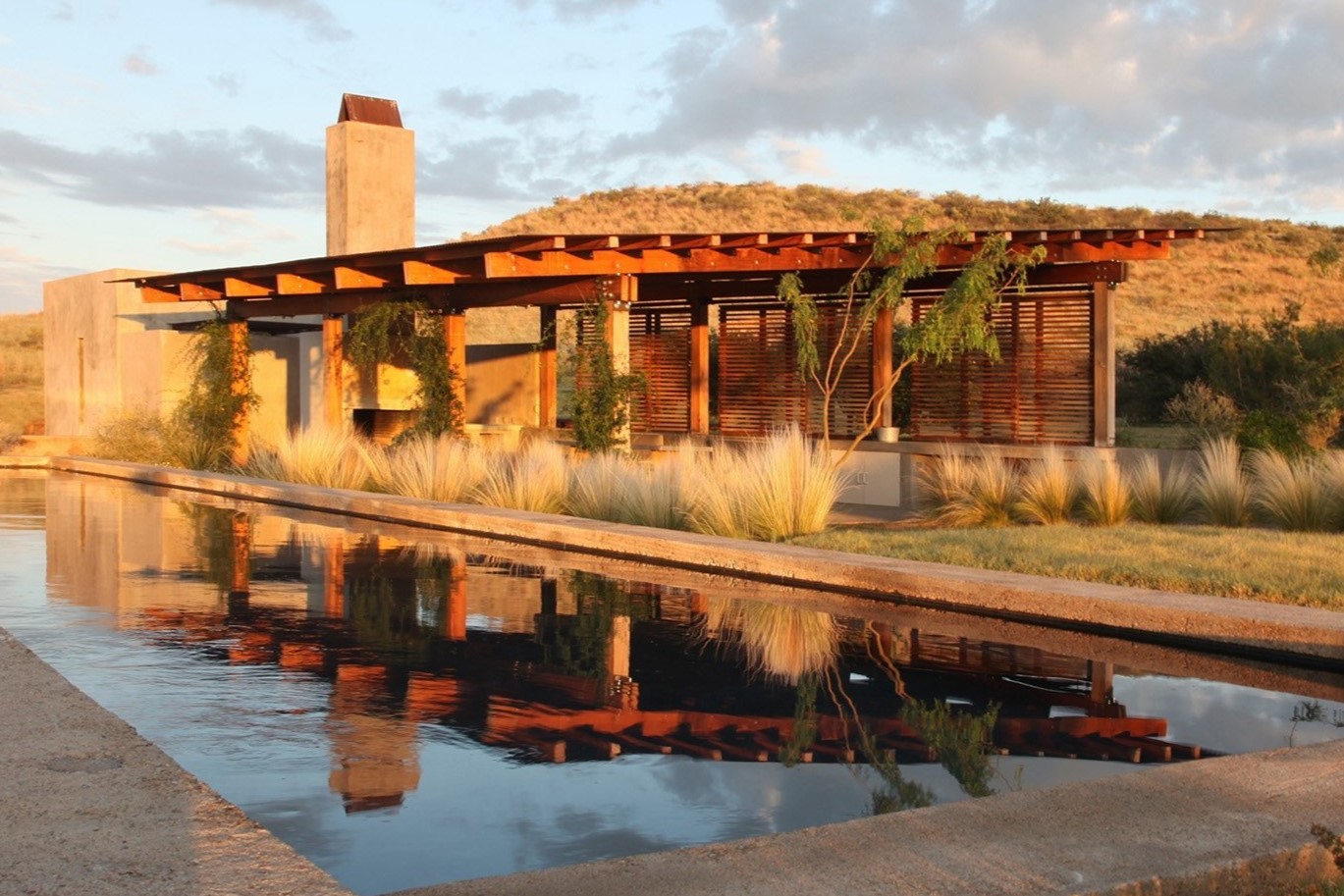
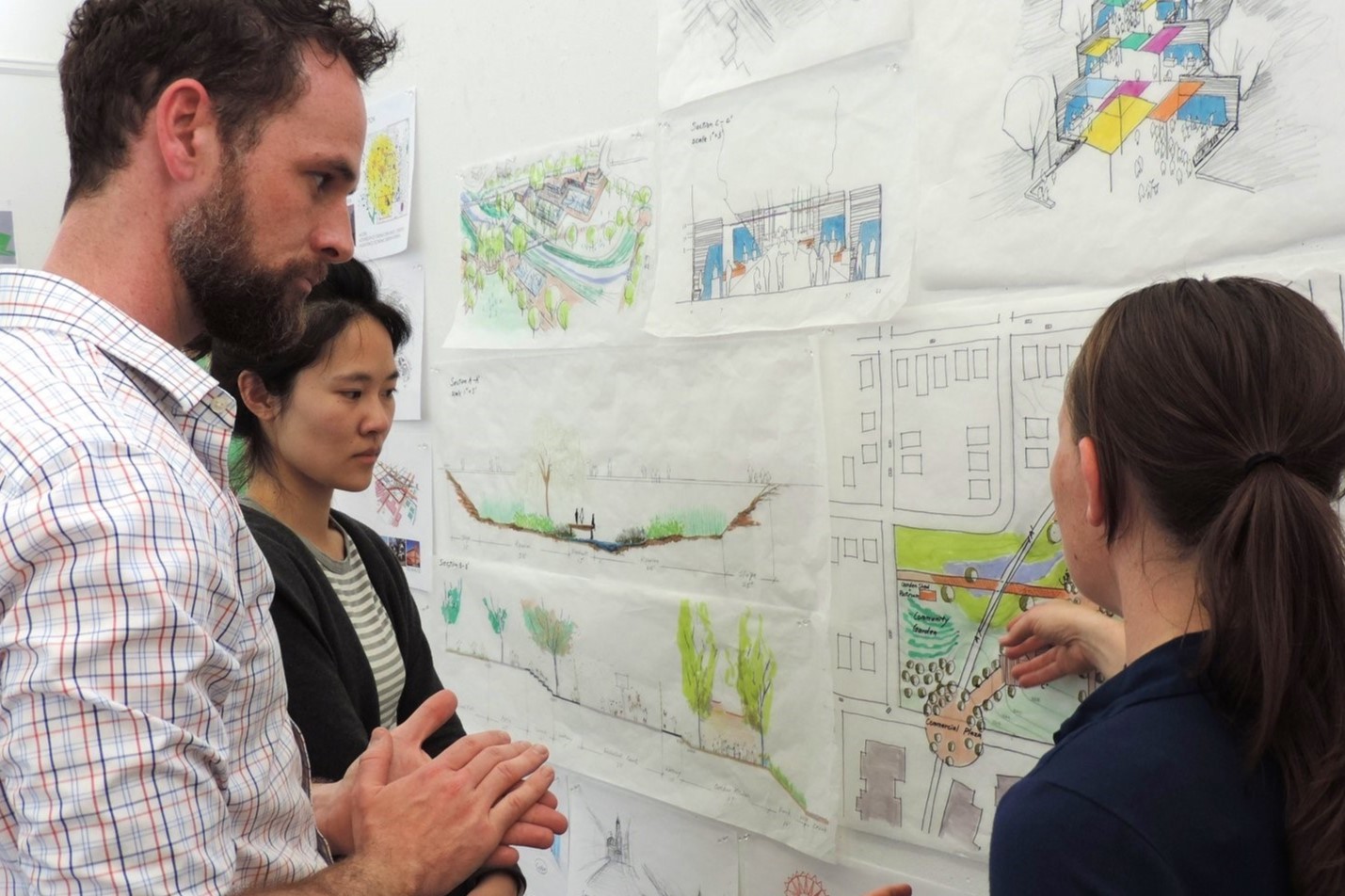
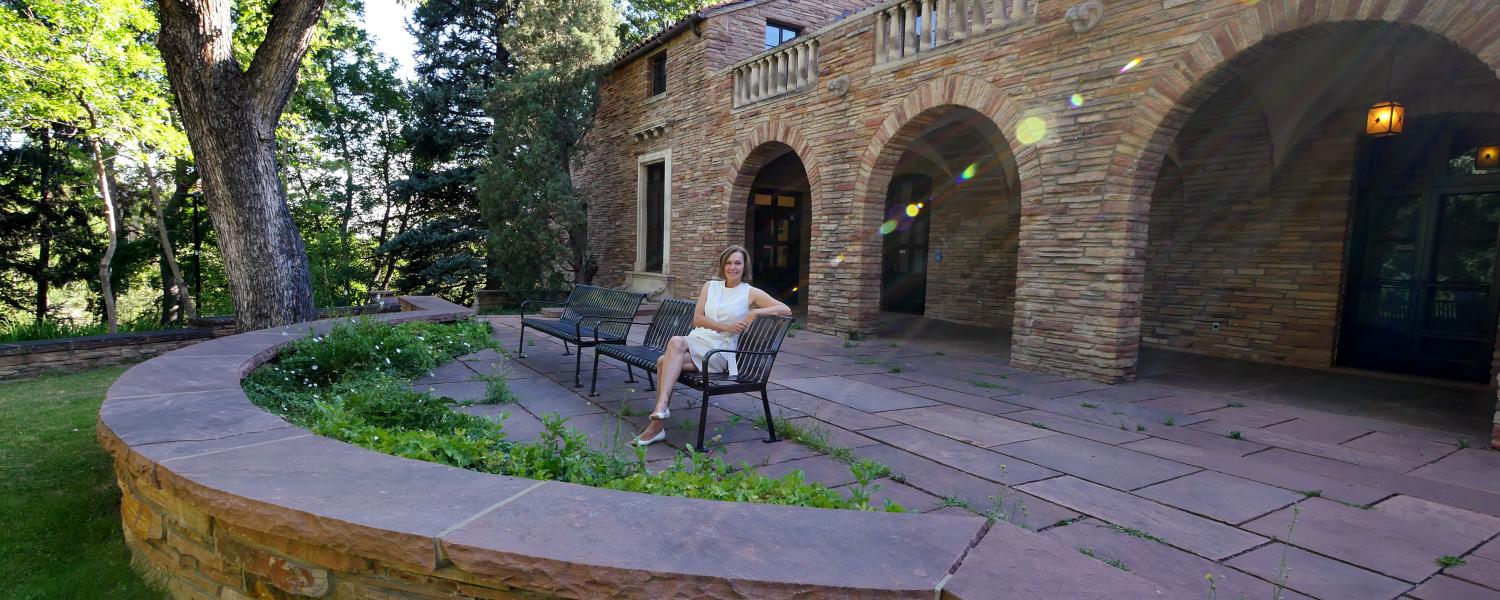
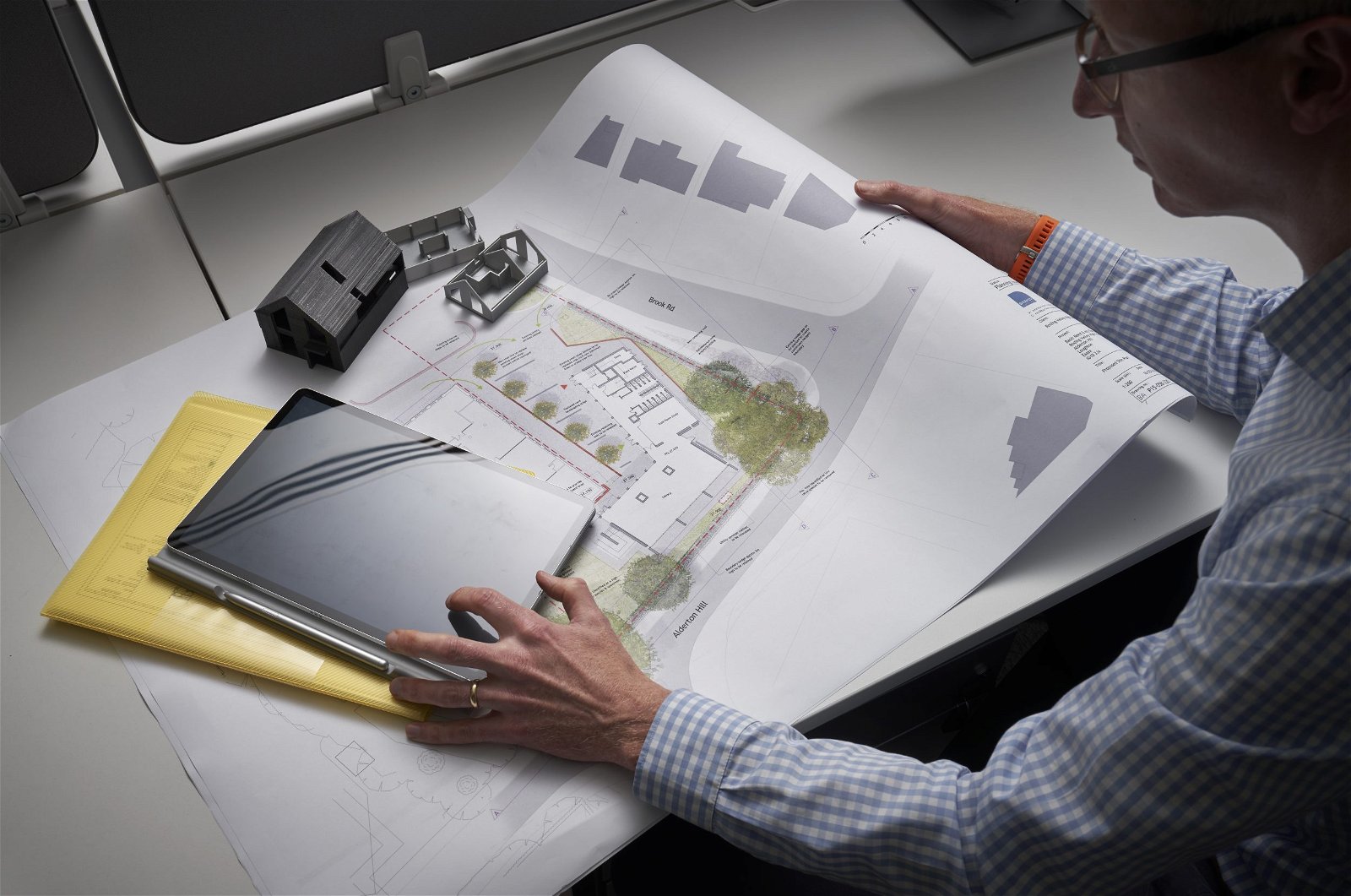

0 thoughts on “How To Create A Front Porch With Realtime Landscape Architect”